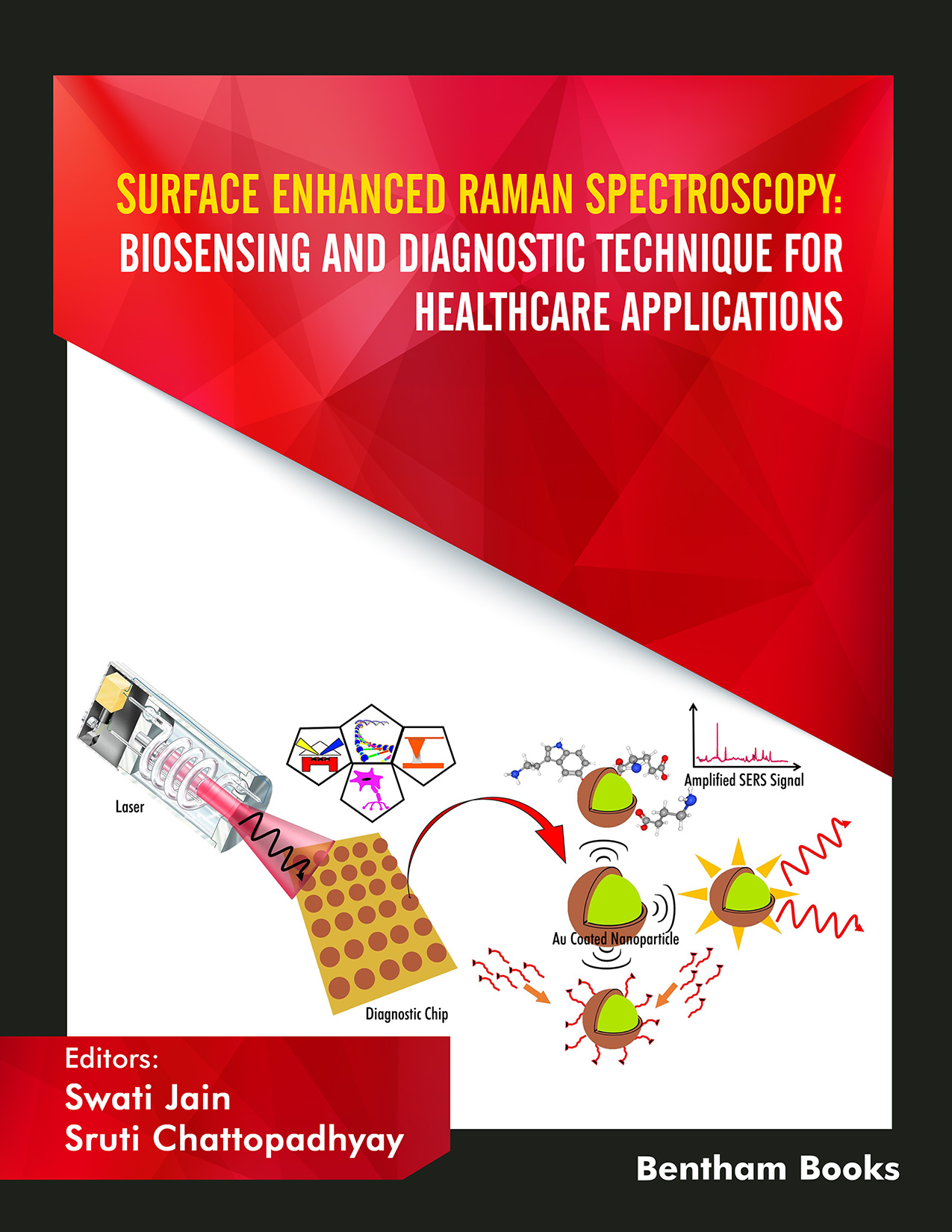“The fundamental importance of the subject of molecular diffraction came first to be recognized through the theoretical work of the late Lord Rayleigh on the blue light of the sky, which he showed to be the result of the scattering of sunlight by the gases of the atmosphere.” CV Raman.
“…the highly interesting result that the colour of sunlight scattered in a highly purified sample of glycerine was a brilliant green instead of the usual blue.”
Sir CV Raman
The quest to find the unknown drives scientists working in all possible conditions to unravel the mystery created through the fusion of natural phenomena. Sir Chandrasekhara Venkata Raman’s path breaking discovery and its theoretical prediction conceptualized into a spectroscopic technique impertinently used in the chemical world. Raman spectroscopy is like panning for gold. A wealth of information is there if you can just sift through the rock, dirt, and sand obscuring it. In the 1970’s, another astounding revelation was made about light scattering. Experiments conducted by Fleischmann from University of Southampton led to a chance discovery of SERS phenomenon where the unexpected rise in Raman signals was reported when the sample of interest was added onto silver metallic particles. This phenomenon was later explained and detailed by Prof. Richard Van Duyne whois credited with the discovery of SERS technique – explanation of magnificent rise of Raman signals, postulation of enhancement factor - electromagnetic theory for SERS and its eventual applications in analytical and bioanalytical chemistry. Over the years, the perspective in SERS has dramatically changed owing to highly advanced synthetic methods developed for the preparation of novel nanomaterials, which become the bed for the creation of ‘hot-spot’ suitable for signal enhancement. Thus, SERS has gained equitable momentum in the biological world as chemical analysis, where the possibility of single molecule detection has been proposed.
This e-book is intended as a nodal point for budding researchers, senior academicians and scientists who will gain a different perspective in the field of SERS based biosensing. It gave me immense pleasure when Dr. Swati and Dr. Sruti approached me for writing the foreword of this book as this book intends to bridge the fissure between physical and biological aspects of SERS and thus is easily readable for people from different scientific backgrounds. This book feature ‘updated and recent’, details on colloids and nanostructures, their fabrication, surface engineering and immobilization methods, all in context to SERS based biosensing.
The framework of the book is in the order of hierarchy with different sections devoted for each subject in the SERS technique. Each section comprising of 1-2 chapters, is designed to move from basic concepts of technique towards its real biological applications. The preface sets the stage, which duals as introductory chapter moves to chapter 1 about Raman vibrational spectroscopy technique authored by Dr. Mittal, who has long experience with the technique and its chemical analysis. This chapter also introduces SERS to readers. The second chapter is devoted to the theoretical understanding of SERS and enhancement factors. The creation of hot-spots and two-photon excited SERS are also explained in this chapter. Section B begins with 3rd chapter highlighting the role of novel nanoarchitecture materials, plasmonic and non-plasmonic nanomaterials and progression in nanofabrication procedures for the development of nanomaterials written in detail by Dr. Ranu Nayak. Proceeding chapters included in section C include biomedical and biosensing applications of SERS. In the first chapter of the section, consecrated efforts are directed to illustrate the significance of SERS for amyloid research by Dr. Nakul Maity. Amyloids have become ubiquitous in understanding disease pathogenesis and hence are quite useful for understanding disease and therapeutic interventions. The proceeding chapters orient the readers toward SERS biosensing of pathogens and other clinically relevant biomolecules for real applicability of the technique in healthcare settings as detailed in Chapters 5 and 6. This section concludes with the design of smartphone biosensors with SERS technique for point of care testing devices. Last section D of the e-book elucidates problems encountered by researchers in academia and companies working towards realising SERS technique for making commercially feasible tools. It also details improvising strategies such as tip enhanced, interference enhanced (TIRS); shell isolated nanoparticle-enhanced (SINRS) and spatially offset Raman spectroscopy (SORS) by authors hailing from both academic institutes and companies.
I hope this book stimulates thought and presents engaging rationale of SERS and its multiple diverse applications primarily in the biological system. The e-Book has the potential to channelize a deeper understanding of basic science as well as its applications in analysis and sensing, in nano sciences, surface chemistry, as a biological probe as well as in daughter disciplines such as plasmonics and near-field optics.
Dr. Surender M. Kharbanda
Department of Adult Oncology,
Dana Farber Cancer Institute
Harvard Medical School
Boston, MA 02115, USA
Scientific Founder, President &
Chief Scientific Officer
Genus Oncology LLC
Boston, MA 02118, USA

